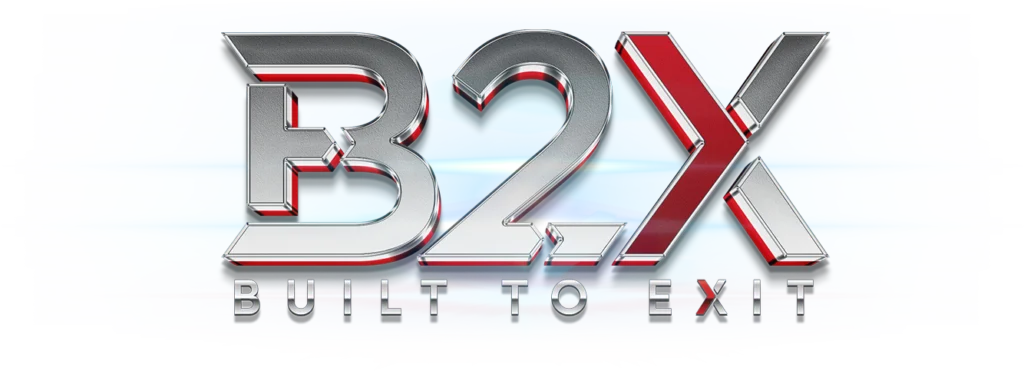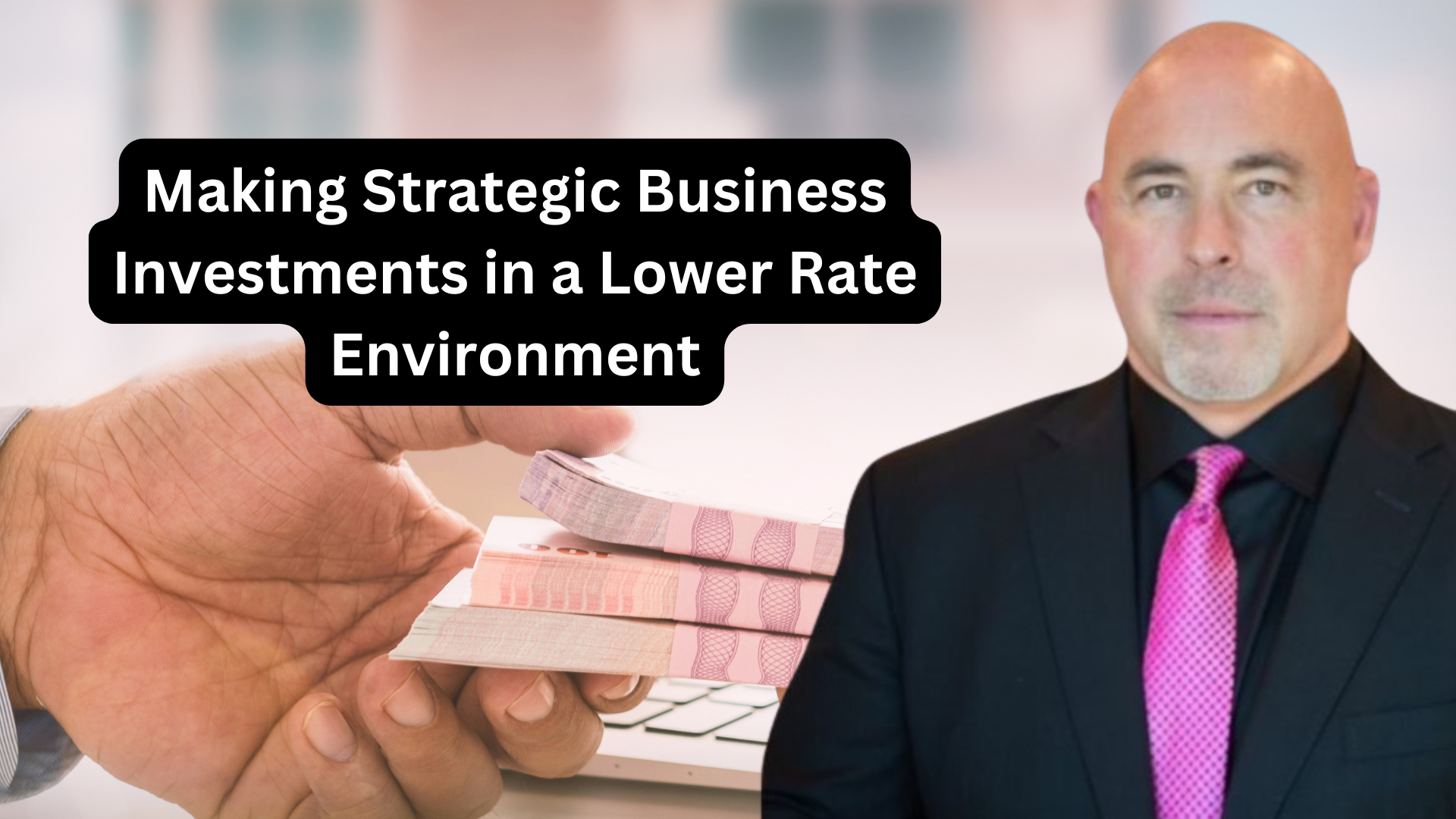For the past two years, getting a business loan has been about as pleasant as a root canal performed by an intern.
But Federal Reserve just delivered its second rate cut of the year, bringing the federal funds rate down to 4.5-4.75%.
For business owners who’ve been waiting on the sidelines, this signals an increasingly favorable environment for strategic investments.
Here’s why this matters for your exit strategy:
These rates are high enough to scare away the “get-rich-quick” crowd, but low enough to make borrowing actually make sense for serious business owners.
Banks are getting friendly again too. After playing hard to get for the past couple of years, they’re now actively looking for businesses to lend to. If you’ve got a solid business and decent credit, you’ll likely find banks more willing to negotiate than they’ve been in years.
This isn’t going to last forever, though. Smart business owners are locking in this lower rate now rather than waiting to see how low they might go. Some are even renegotiating their existing loans because banks are eager to keep their good customers happy right now.
Why This Moment Matters
The drop to 4.5-4.75%. isn’t just a numbers game – it’s breathing room for your business dreams. Those expansion plans you’ve been sitting on? That equipment upgrade you’ve been eyeing? They just got more attractive. But here’s the thing: just because money is cheaper doesn’t mean you should throw it at every shiny object that crosses your path.
The Smart Money Strategy
Think of the lower rate as a business tool, not a lottery ticket. Here’s how to play it smart:
- Match Your Timeline to Your Investment
- Short-term plays (3-6 months): Inventory expansion, marketing pushes
- Mid-term moves (6-12 months): Equipment upgrades, hiring key talent
- Long-term vision (12+ months): Business expansion, property acquisition
Your return timeline should match your payment timeline. Don’t fund a 6-month project with a 5-year loan unless you like paying for yesterday’s lunch.
The ROI Rule of Thumb
Every dollar borrowed should have a clear path to creating at least three dollars in value. With rates dropping, your margin for profitability is better – but don’t let that make you sloppy. A bad investment at 5% is still a bad investment.
Even with lower borrowing costs, it’s crucial to assess the potential risks associated with any investment. A rigorous analysis can help mitigate the impact of unforeseen circumstances.
While short-term gains may be tempting, it’s important to consider the long-term implications of investment decisions. Focusing on sustainable growth and value creation can yield significant benefits over time.
The Strategy Check
Before you borrow, answer these questions:
- Can you explain the expected return in one sentence?
- Do you have weekly tracking metrics ready?
- Is there a clear customer need you’re addressing?
If you’re stuttering on any of these, your idea needs more time in the oven.
The best entrepreneurs aren’t just reacting to the lower rate – they’re using them as part of a larger strategy. Think of it this way: The Fed just made it cheaper to build your dreams, but they didn’t change the rules of business gravity.
Revenue still matters. Profits still matter. Strategy still matters.

